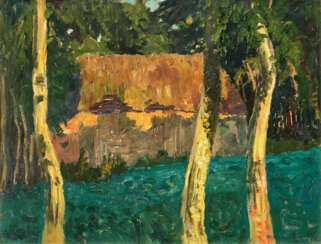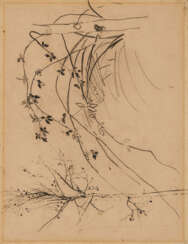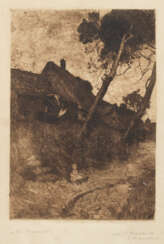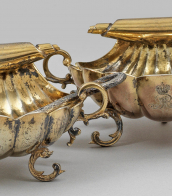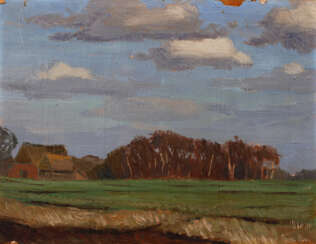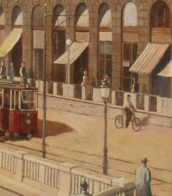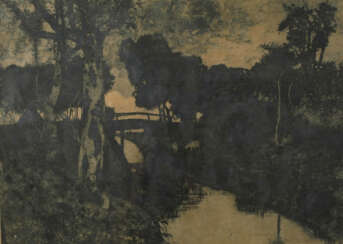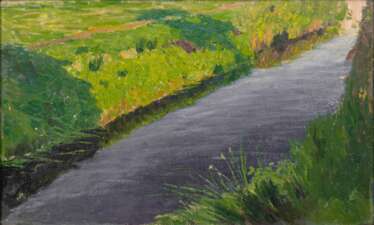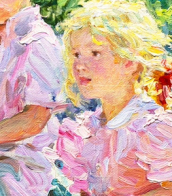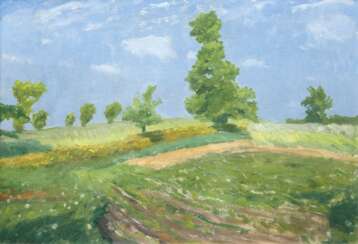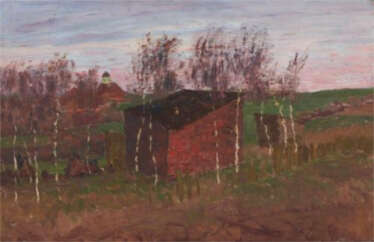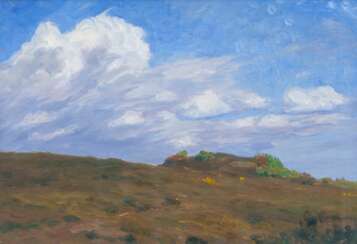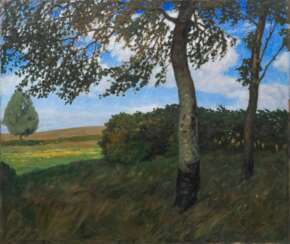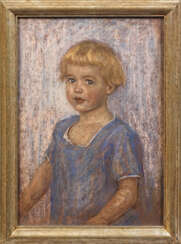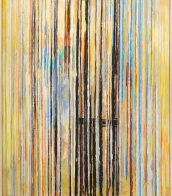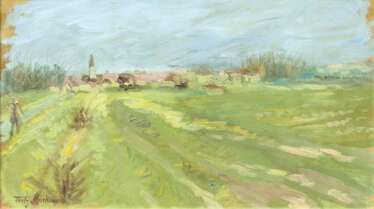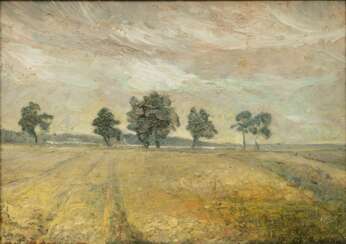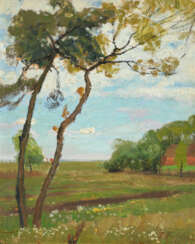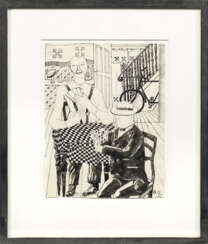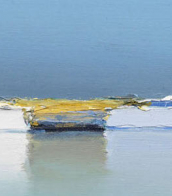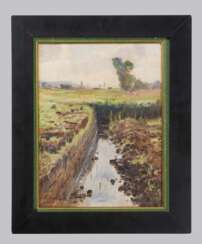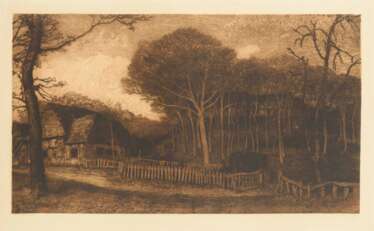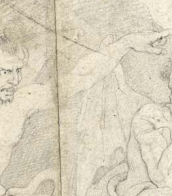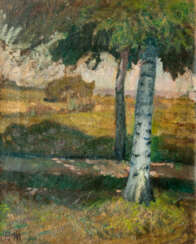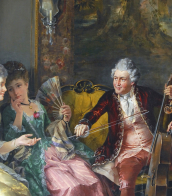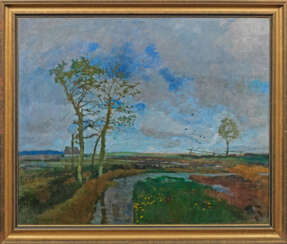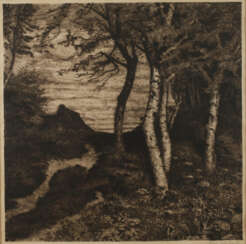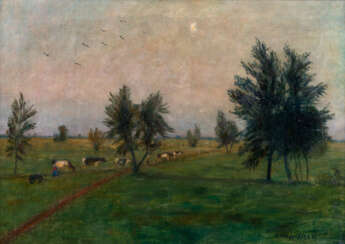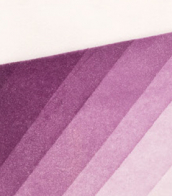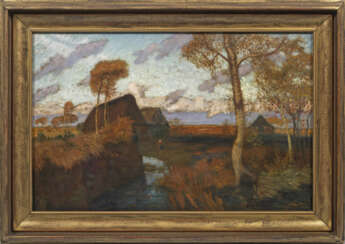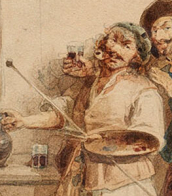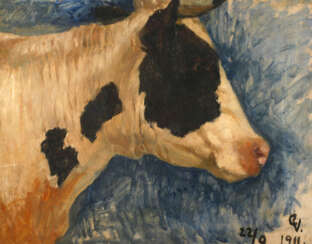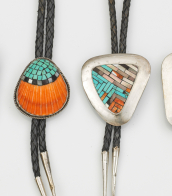fritz overbeck
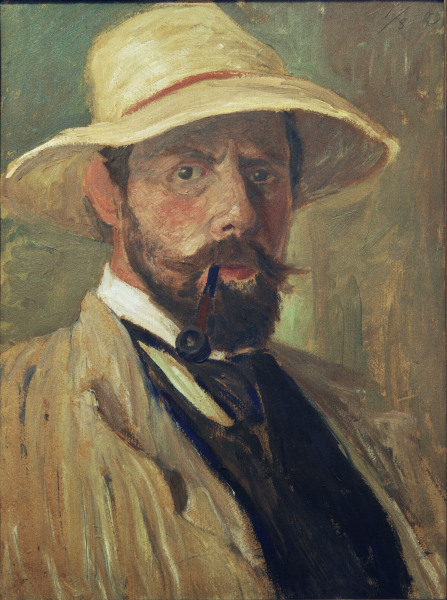
Fritz Overbeck was a German artist of the late nineteenth and early twentieth centuries. He is known as a painter, graphic artist and printmaker, famous for his landscapes of the northern regions of Germany.
Fritz Overbeck began his career at the Worpswede Art Colony, where he developed his talent by depicting desolate moorland landscapes. Landscapes remained his favorite genre, although while studying at the Düsseldorf Academy of Fine Arts he also dabbled in portraiture and architecture. One of Overbeck's nicknames is "the painter of clouds" for his masterful and recognizable depiction of puffy cloud formations in blue skies. The artist is also known for his more than 60 etchings, emphasizing his skill and creative diversity.


Fritz Overbeck was a German artist of the late nineteenth and early twentieth centuries. He is known as a painter, graphic artist and printmaker, famous for his landscapes of the northern regions of Germany.
Fritz Overbeck began his career at the Worpswede Art Colony, where he developed his talent by depicting desolate moorland landscapes. Landscapes remained his favorite genre, although while studying at the Düsseldorf Academy of Fine Arts he also dabbled in portraiture and architecture. One of Overbeck's nicknames is "the painter of clouds" for his masterful and recognizable depiction of puffy cloud formations in blue skies. The artist is also known for his more than 60 etchings, emphasizing his skill and creative diversity.
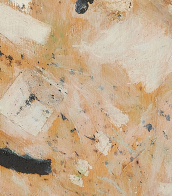

Fritz Overbeck was a German artist of the late nineteenth and early twentieth centuries. He is known as a painter, graphic artist and printmaker, famous for his landscapes of the northern regions of Germany.
Fritz Overbeck began his career at the Worpswede Art Colony, where he developed his talent by depicting desolate moorland landscapes. Landscapes remained his favorite genre, although while studying at the Düsseldorf Academy of Fine Arts he also dabbled in portraiture and architecture. One of Overbeck's nicknames is "the painter of clouds" for his masterful and recognizable depiction of puffy cloud formations in blue skies. The artist is also known for his more than 60 etchings, emphasizing his skill and creative diversity.
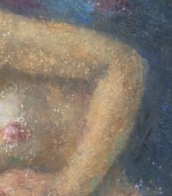

Fritz Overbeck was a German artist of the late nineteenth and early twentieth centuries. He is known as a painter, graphic artist and printmaker, famous for his landscapes of the northern regions of Germany.
Fritz Overbeck began his career at the Worpswede Art Colony, where he developed his talent by depicting desolate moorland landscapes. Landscapes remained his favorite genre, although while studying at the Düsseldorf Academy of Fine Arts he also dabbled in portraiture and architecture. One of Overbeck's nicknames is "the painter of clouds" for his masterful and recognizable depiction of puffy cloud formations in blue skies. The artist is also known for his more than 60 etchings, emphasizing his skill and creative diversity.

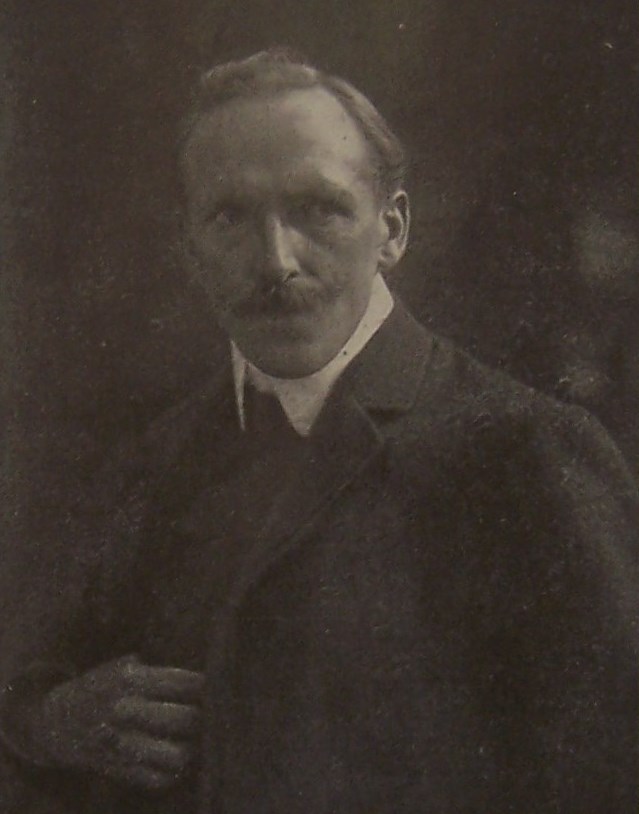




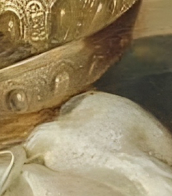

Fritz Overbeck was a German artist of the late nineteenth and early twentieth centuries. He is known as a painter, graphic artist and printmaker, famous for his landscapes of the northern regions of Germany.
Fritz Overbeck began his career at the Worpswede Art Colony, where he developed his talent by depicting desolate moorland landscapes. Landscapes remained his favorite genre, although while studying at the Düsseldorf Academy of Fine Arts he also dabbled in portraiture and architecture. One of Overbeck's nicknames is "the painter of clouds" for his masterful and recognizable depiction of puffy cloud formations in blue skies. The artist is also known for his more than 60 etchings, emphasizing his skill and creative diversity.


Fritz Overbeck was a German artist of the late nineteenth and early twentieth centuries. He is known as a painter, graphic artist and printmaker, famous for his landscapes of the northern regions of Germany.
Fritz Overbeck began his career at the Worpswede Art Colony, where he developed his talent by depicting desolate moorland landscapes. Landscapes remained his favorite genre, although while studying at the Düsseldorf Academy of Fine Arts he also dabbled in portraiture and architecture. One of Overbeck's nicknames is "the painter of clouds" for his masterful and recognizable depiction of puffy cloud formations in blue skies. The artist is also known for his more than 60 etchings, emphasizing his skill and creative diversity.
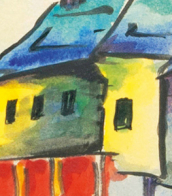
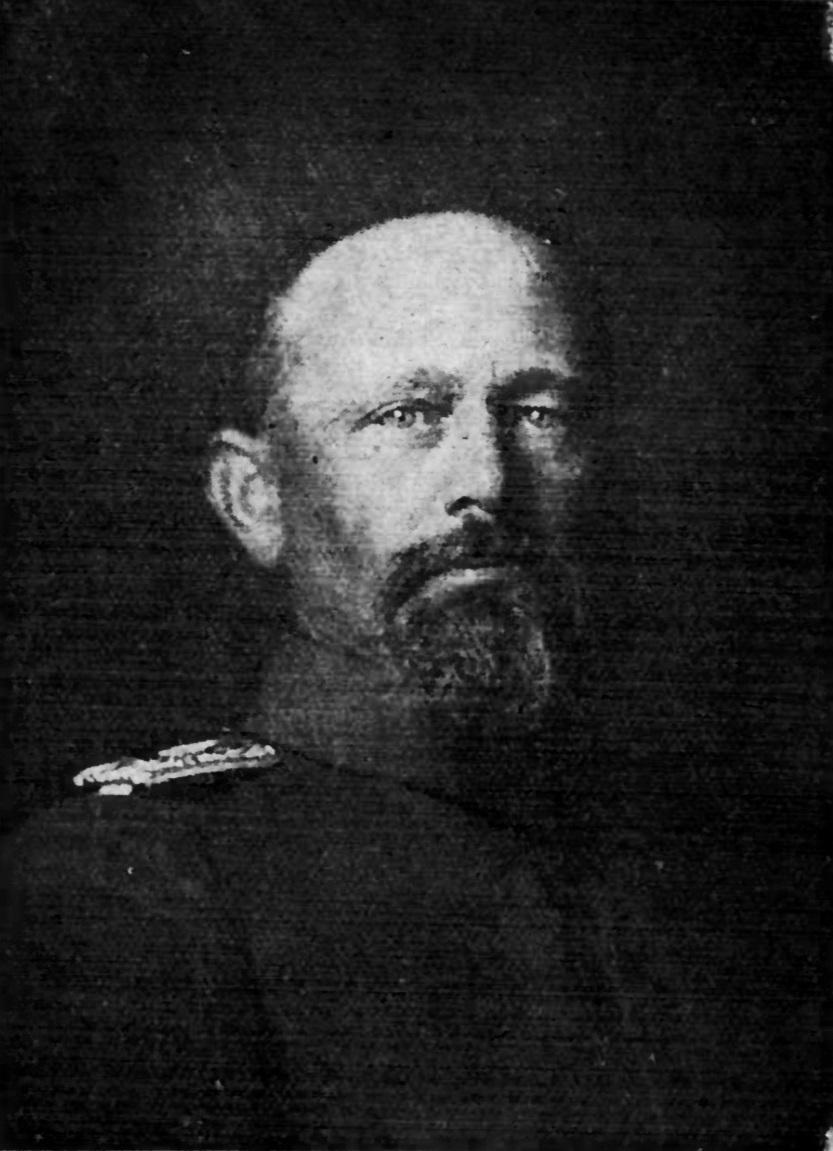
Hans am Ende was a German Impressionist painter.
In 1889 he co-founded the artists' colony in Worpswede with Fritz Overbeck, Otto Modersohn, and Heinrich Vogeler. In 1895 this group exhibited in the Kunsthalle Bremen and at the Glaspalast in Munich, which brought them national recognition. In 1900 the poet Rainer Maria Rilke travelled to Worpswede and befriended the artist's colony, eventually writing essays about each of its members.
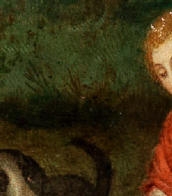

Hans am Ende was a German Impressionist painter.
In 1889 he co-founded the artists' colony in Worpswede with Fritz Overbeck, Otto Modersohn, and Heinrich Vogeler. In 1895 this group exhibited in the Kunsthalle Bremen and at the Glaspalast in Munich, which brought them national recognition. In 1900 the poet Rainer Maria Rilke travelled to Worpswede and befriended the artist's colony, eventually writing essays about each of its members.

